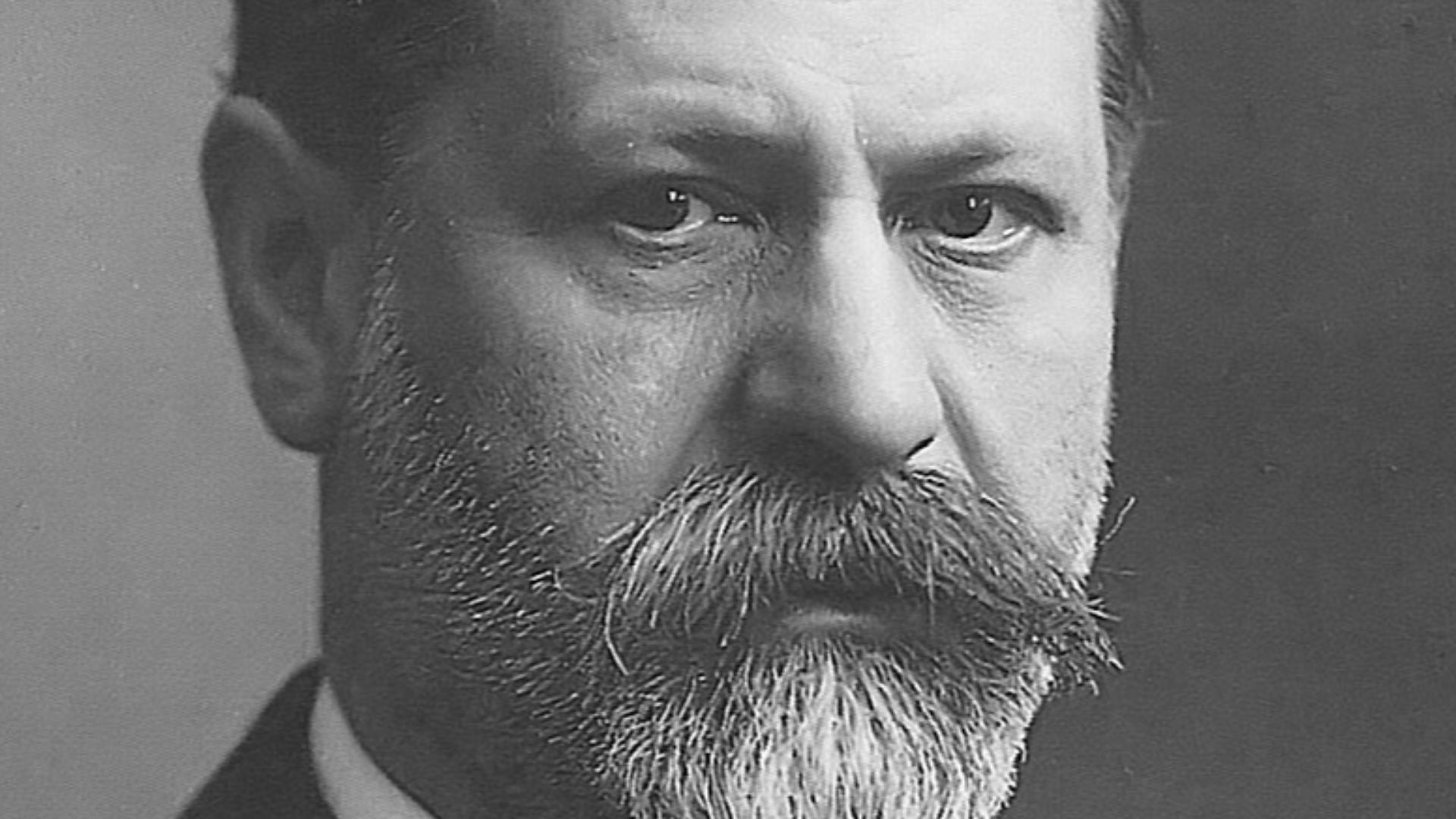Inside the Mind of a Pioneer
Sigmund Freud didn’t just study the mind, he challenged the world to rethink human behavior and what lies beneath the surface. Whether you admire his theories or question them, he left a lasting legacy that goes far beyond psychology. So, let’s look at ten fascinating facts about the man who redefined the way we see ourselves and the world around us.
 Paul De La Roussert on Wikimedia
Paul De La Roussert on Wikimedia
1. Dreams That Shaped His Theories
A fascination with dreams drove Freud's most influential ideas. He viewed them as a gateway to the unconscious mind, revealing suppressed desires and fears. For example, in his book "The Interpretation of Dreams," Freud even analyzed his own dreams, including the well-known "Irma Injection," to illustrate his theories.
2. An Early Career in Marine Biology
Before diving into psychology, Freud's scientific passion revolved around marine biology. As a young researcher, he studied the reproductive systems of eels, even dissecting hundreds of specimens to look for elusive details. While this path didn't lead to fame, it nurtured his meticulous approach to understanding complex systems.
 Bernard DUPONT from FRANCE on Wikimedia
Bernard DUPONT from FRANCE on Wikimedia
3. The Experiment That Went Wrong
At one point, Freud believed a drug (that rhymes with rain) held the key to treating depression and fatigue. In the 1880s, he enthusiastically experimented with the drug on himself and prescribed it to friends. Though initially optimistic, the harmful side effects soon became apparent, tarnishing this chapter of his career.
4. He Had a Famous Therapy Couch
Sigmund Freud had a consultation couch gifted to him by a patient in the 1890s. The couch was adorned with a Persian rug to create a comfortable environment for psychoanalysis sessions. Today, the couch is preserved in Freud's former home in London, now the Freud Museum.
 ROBERT HUFFSTUTTER on Wikimedia
ROBERT HUFFSTUTTER on Wikimedia
5. An Obsession with the Number Three
Freud had a peculiar obsession with grouping ideas into threes. His theories frequently revolved around triads, including his famous division of the mind into the Id, Ego, and Superego. This fascination extended to other areas of his work, such as the three levels of consciousness: conscious, preconscious, and unconscious.
6. A Dramatic Escape From Nazi Rule
Freud's final years were marked by political upheaval. As a prominent Jewish intellectual in Austria during the rise of the Nazis, he fled to Vienna in 1938. Thanks to the intervention of friends and international organizations, he relocated to London. However, four of his sisters later lost their lives in concentration camps.
7. The Cigar Habit That Never Ended
These were a constant in Freud's life. He reportedly smoked 20 a day and believed the habit helped him focus. Tragically, this addiction led to severe health issues, including oral cancer, which required over 30 surgeries. Even then, Freud never quit, famously remarking, "Sometimes a cigar is just a cigar."
8. A Special Bond with His Dog
Freud adored dogs. His favorite dog was a chow named Jofi, who often sat in on his therapy sessions. Freud believed that dogs had a calming effect on his patients and even claimed that Jofi could sense their emotional states. For instance, he noted that Jofi stayed close to relaxed patients but moved away from those who were anxious.
9. Conquered a Fear of Travel
Despite his groundbreaking work on human fears, Freud himself suffered from neophobia, a fear of novelty and change, which initially made him anxious about traveling. For years, he avoided venturing far from his home in Vienna. However, Freud overcame this fear later in life and became an avid traveler.
 Ferdinand Schmutzer on Wikimedia
Ferdinand Schmutzer on Wikimedia
10. Ended His Life on His Own Terms
Facing unbearable pain from advanced cancer, Freud made a poignant decision. In 1939, he requested euthanasia, asking his doctor to administer a lethal dose of morphine. His passing marked the end of a brilliant, controversial life—a fittingly decisive end for a man who valued control and agency above all.














